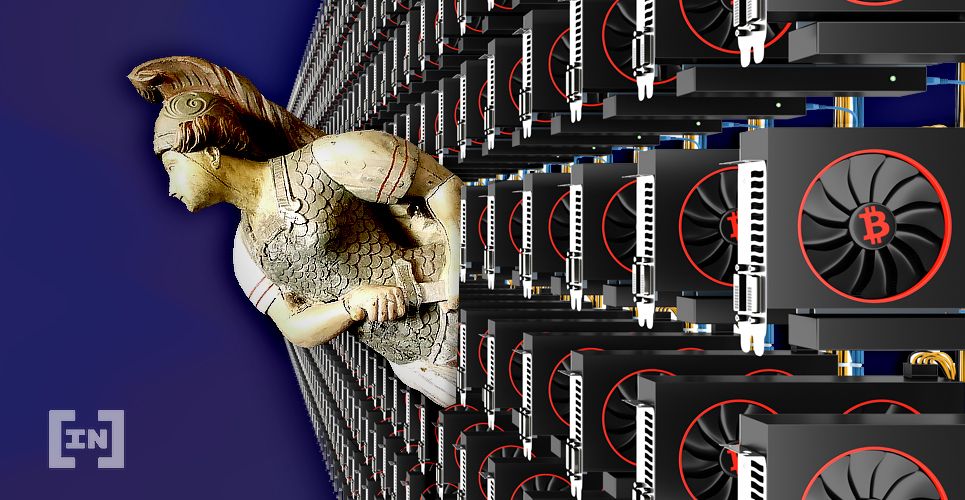Once upon a time, Bitcoin was processing many empty blocks due to low on-chain activity. However, that is now a thing of the past.
Empty blocks in Bitcoin mining pools were a pressing problem in 2015 and 2016. Bitmain’s pools were commonly the largest contributors to empty blocks, but the situation has changed since 2017.
As Travis (@travric) writes on Twitter, in November of this year, a mere two blocks were empty. In the past two months, no blocks were empty. The decline of empty blocks on Bitcoin’s network declined substantially in late 2017 and has since continued to decline. This year was the first time Bitcoin posted almost no empty blocks for months at a time — an indication that we may be in a new paradigm for the leading cryptocurrency.
Even throughout the bearish winter of 2018, empty blocks on Bitcoin’s mining pools continued to decline. Given the trend, the drop-off of empty blocks will likely stay consistent throughout 2020. Some Bitcoin mining outlets once focused on empty blocks as a strategy, but this is now a thing of the past. Since 2015, KnCMiner processed the highest percent of empty blocks on Bitcoin’s blockchain. That miner, however, is now defunct.1/ Empty blocks are largely a relic of Bitcoin's past. In November this year, a mere two blocks were mined empty pic.twitter.com/bPXlpc5K4B
— Travis Ric (@travric) December 5, 2019
 The decline of empty blocks is a positive trend for Bitcoin since it clearly demonstrates growth in demand and on-chain use.
As you might expect, the number of Bitcoin transactions per block has exploded since 2017. After posting an all-time high in transactions-per-block in mid-December 2017, it reached this zenith again in late March of this year. Since then, transactions-per-block have stayed persistently high and seems to be a new trend in the top cryptocurrency’s metrics.
As of now, Bitcoin has found itself struggling to break 10M transactions per month. It’s unclear whether such a threshold will ever be broken given the limitations on its transaction output.
The decline of empty blocks is a positive trend for Bitcoin since it clearly demonstrates growth in demand and on-chain use.
As you might expect, the number of Bitcoin transactions per block has exploded since 2017. After posting an all-time high in transactions-per-block in mid-December 2017, it reached this zenith again in late March of this year. Since then, transactions-per-block have stayed persistently high and seems to be a new trend in the top cryptocurrency’s metrics.
As of now, Bitcoin has found itself struggling to break 10M transactions per month. It’s unclear whether such a threshold will ever be broken given the limitations on its transaction output.
Disclaimer
In adherence to the Trust Project guidelines, BeInCrypto is committed to unbiased, transparent reporting. This news article aims to provide accurate, timely information. However, readers are advised to verify facts independently and consult with a professional before making any decisions based on this content. Please note that our Terms and Conditions, Privacy Policy, and Disclaimers have been updated.

Advertorial
Advertorial is the universal author name for all the sponsored content provided by BeInCrypto partners. Therefore, these articles, created by third parties for promotional purposes, may not align with BeInCrypto views or opinion. Although we make efforts to verify the credibility of featured projects, these pieces are intended for advertising and should not be regarded as financial advice. Readers are encouraged to conduct independent research (DYOR) and exercise caution. Decisions based on...
Advertorial is the universal author name for all the sponsored content provided by BeInCrypto partners. Therefore, these articles, created by third parties for promotional purposes, may not align with BeInCrypto views or opinion. Although we make efforts to verify the credibility of featured projects, these pieces are intended for advertising and should not be regarded as financial advice. Readers are encouraged to conduct independent research (DYOR) and exercise caution. Decisions based on...
READ FULL BIO
Sponsored
Sponsored
